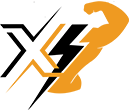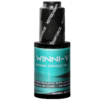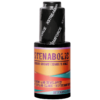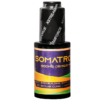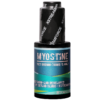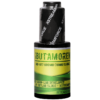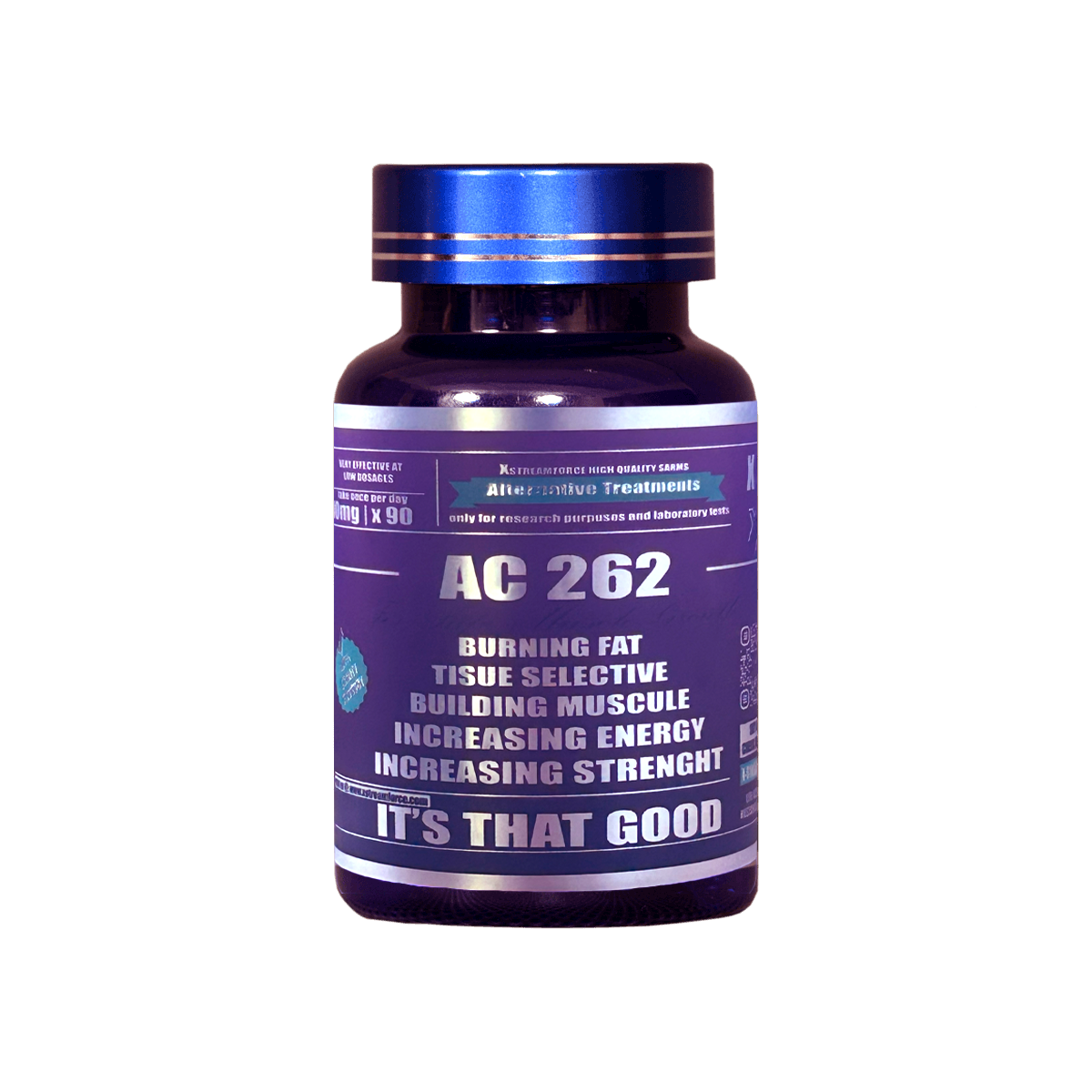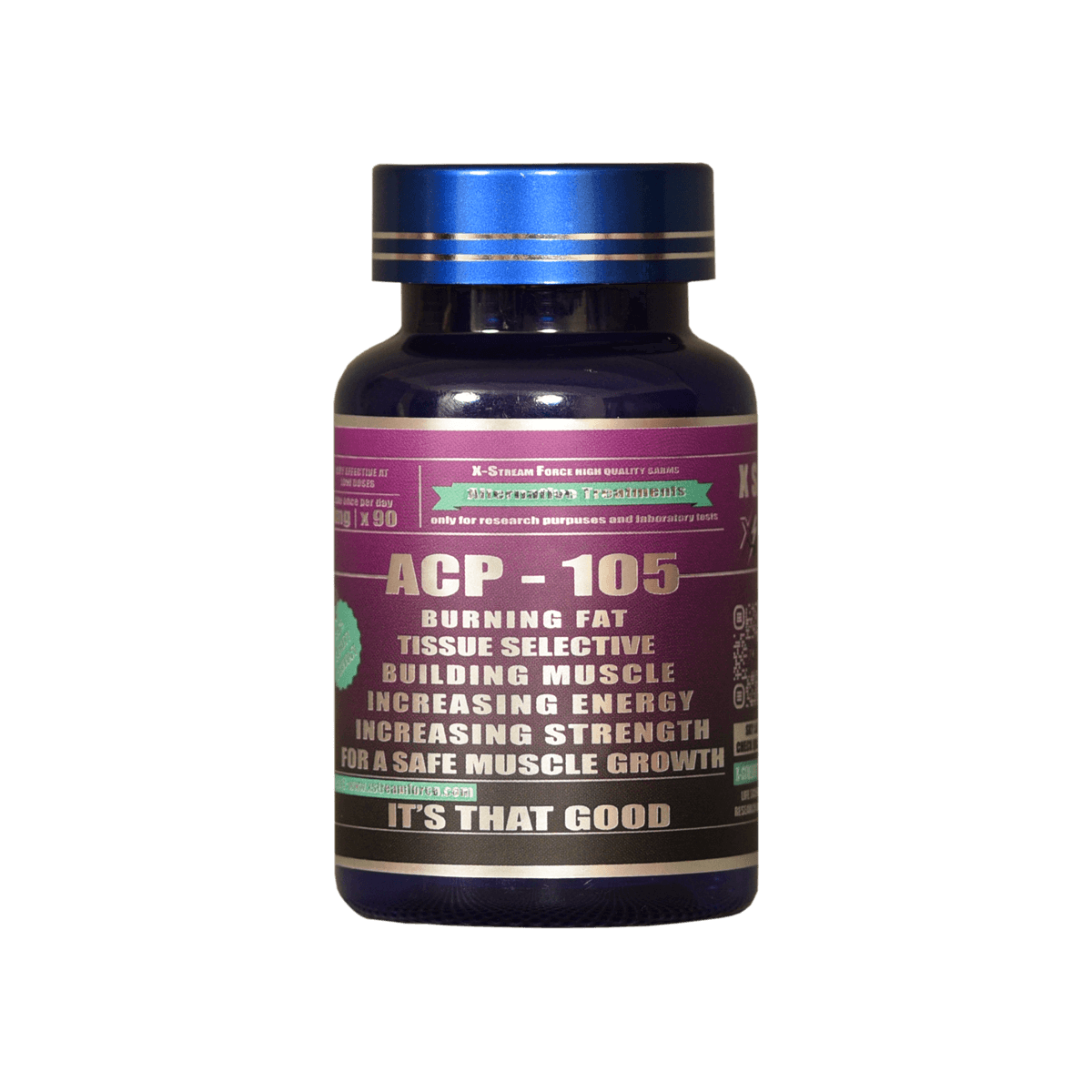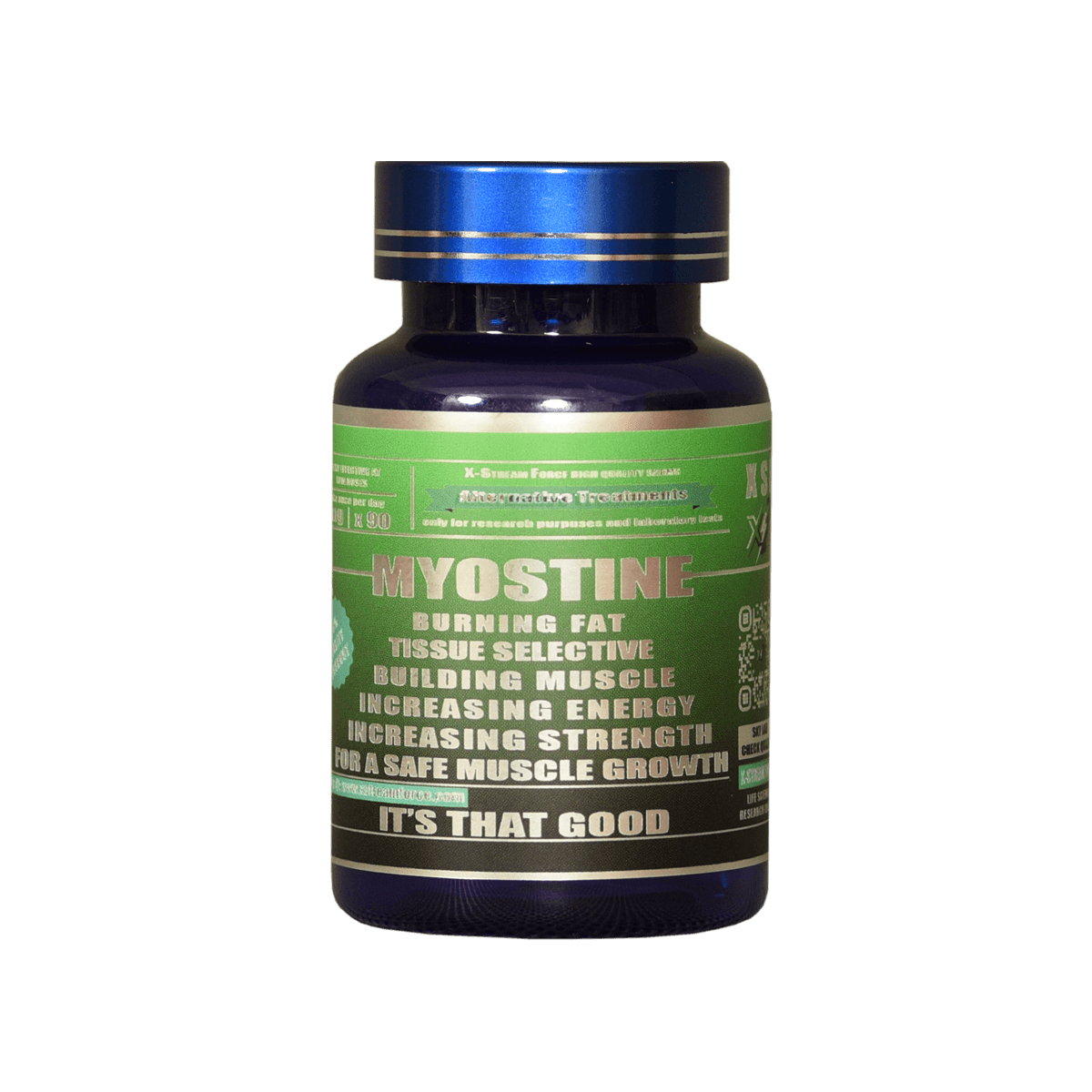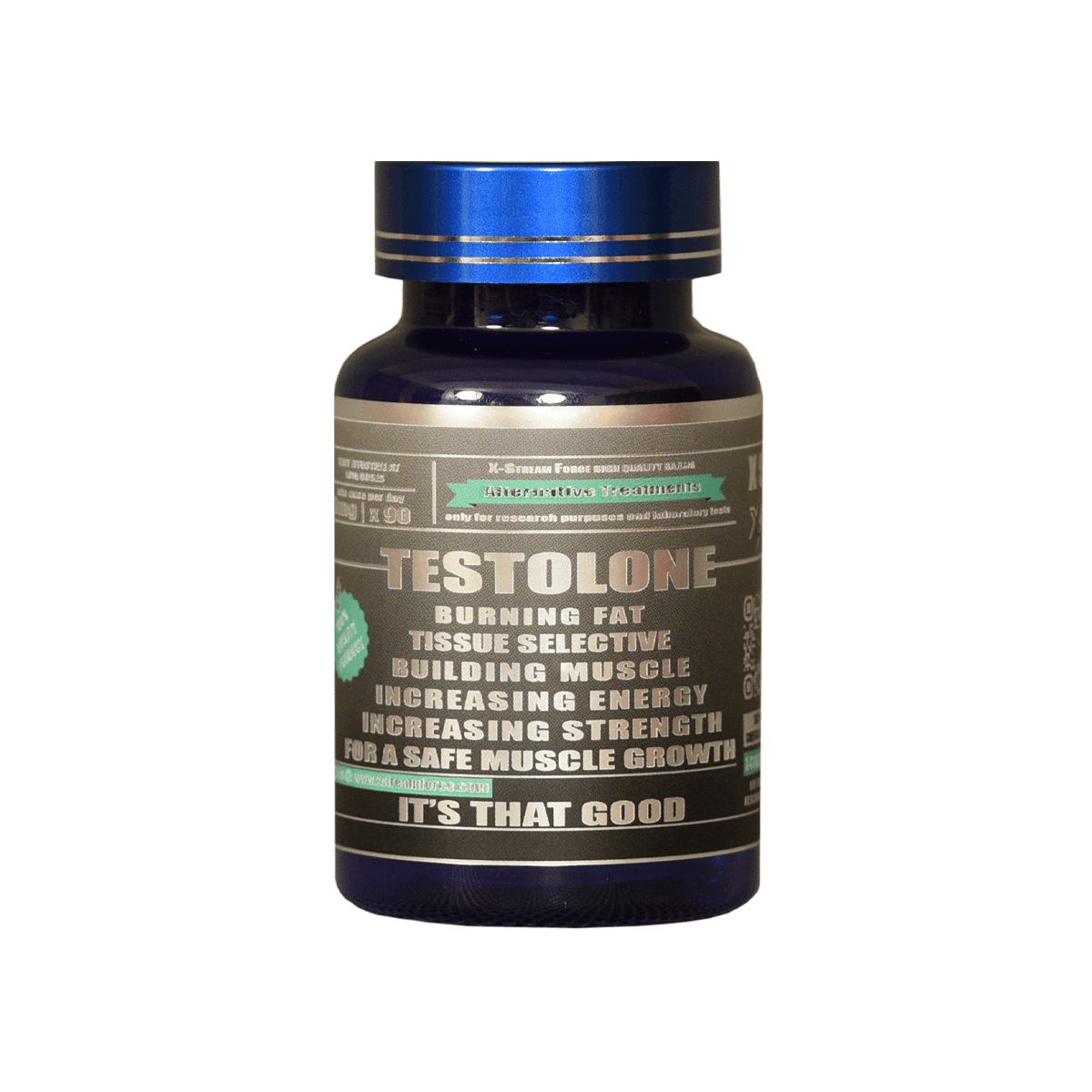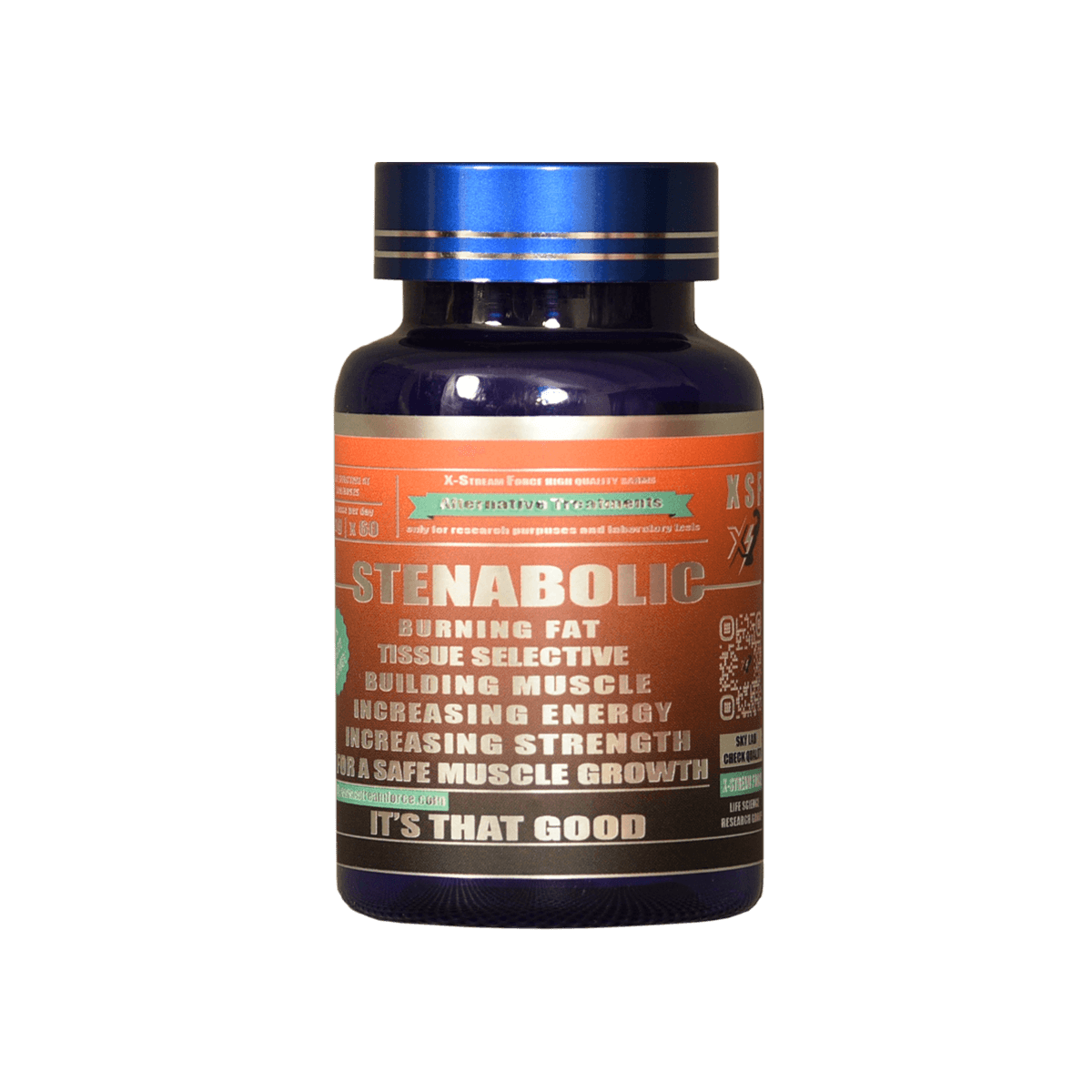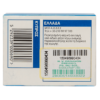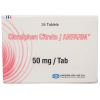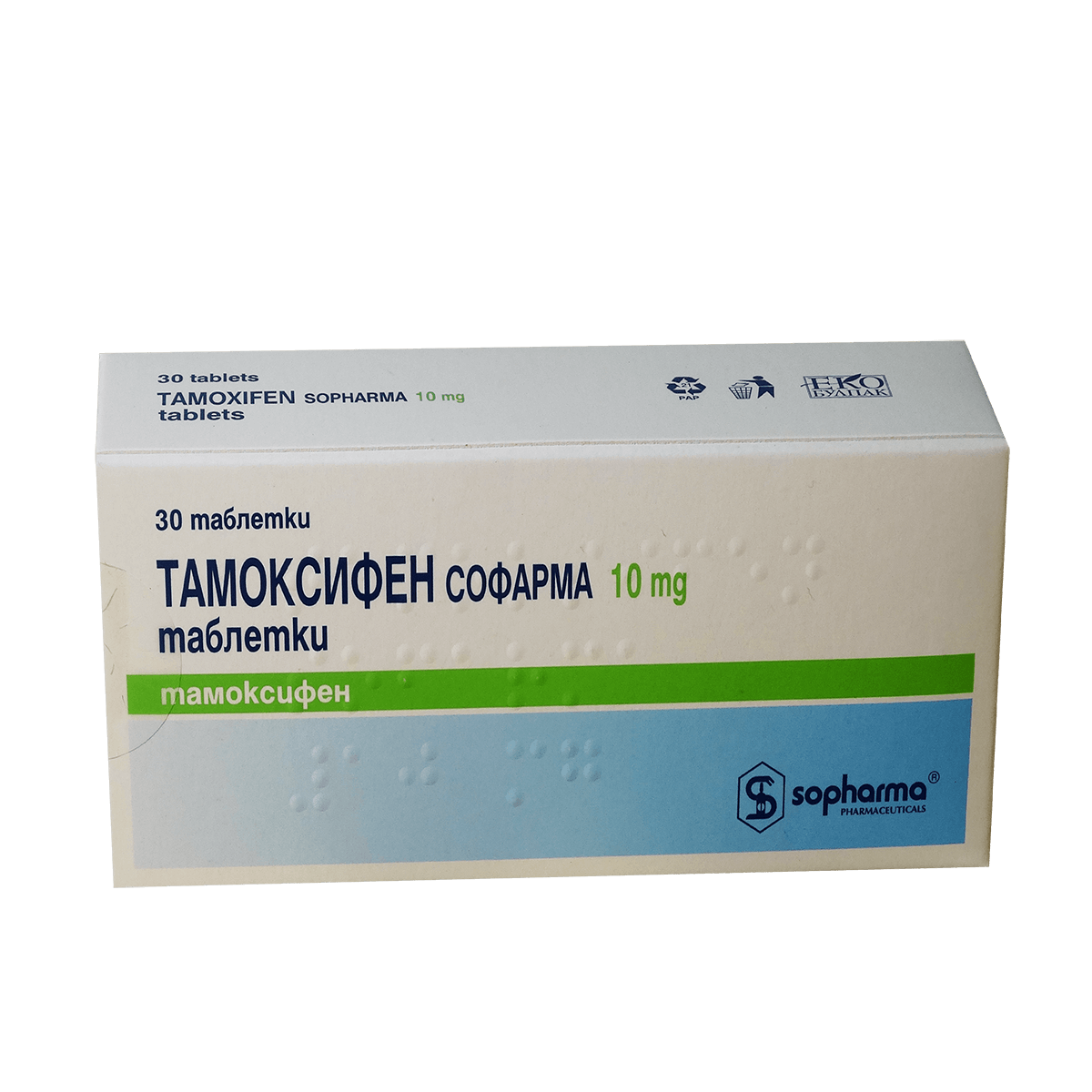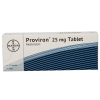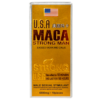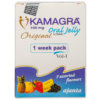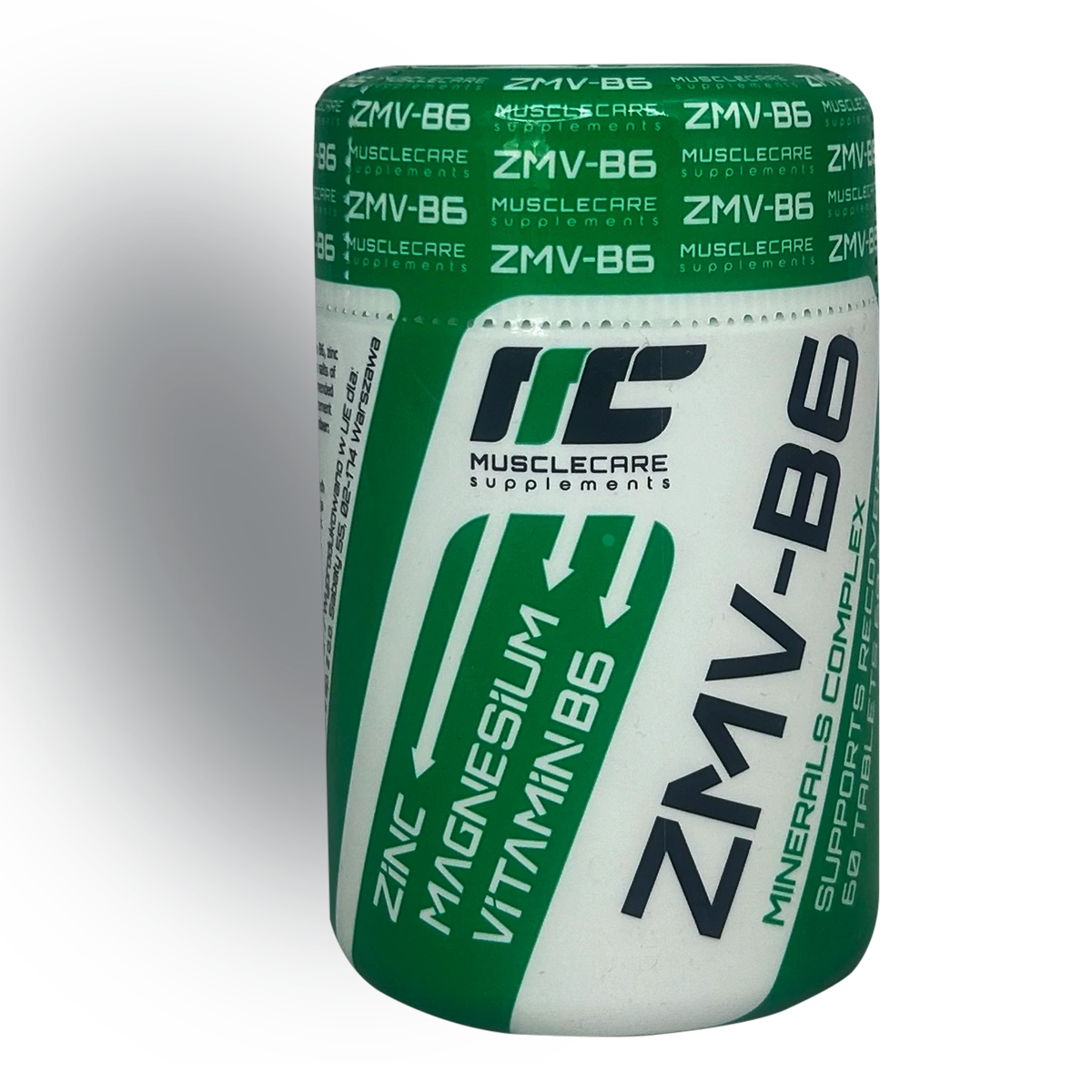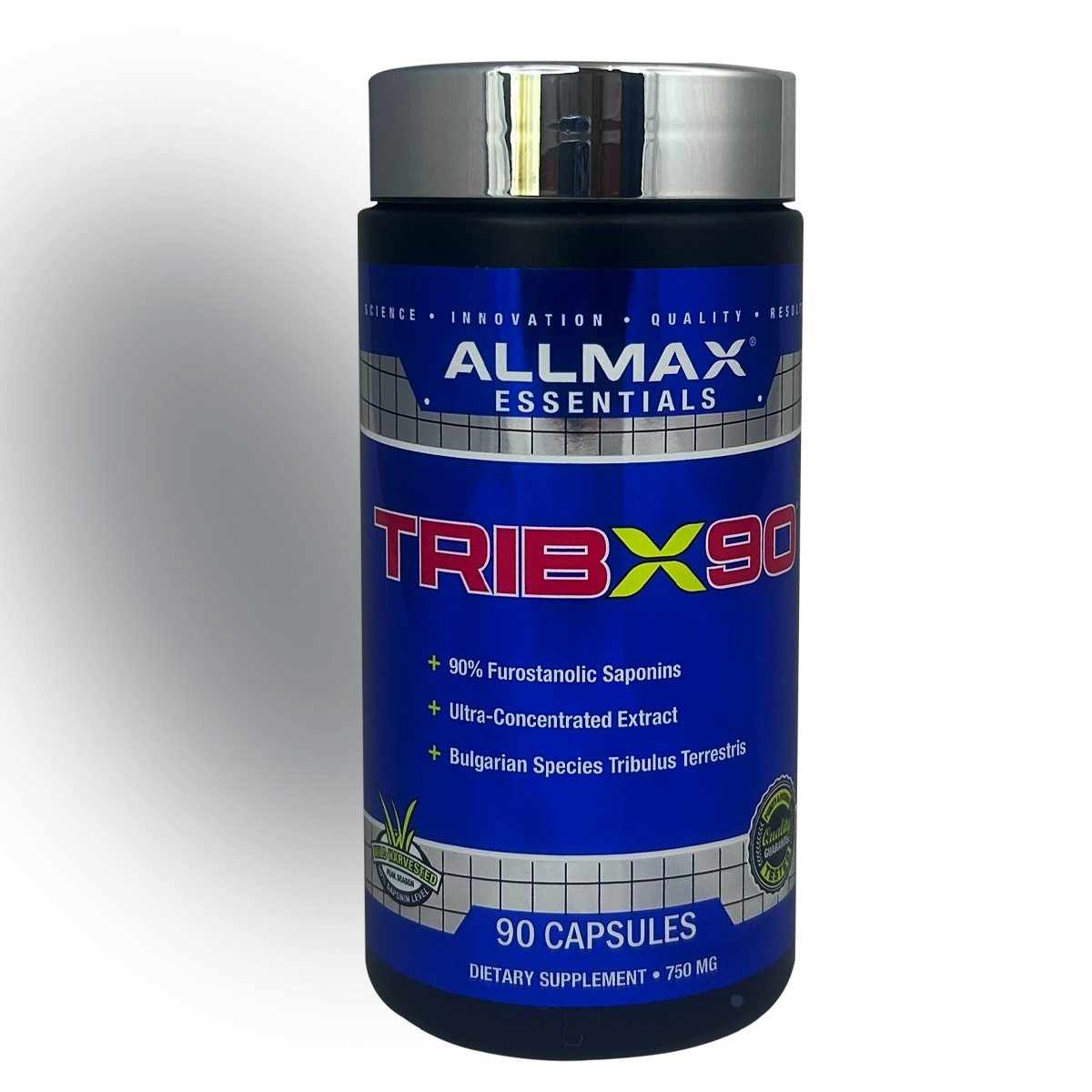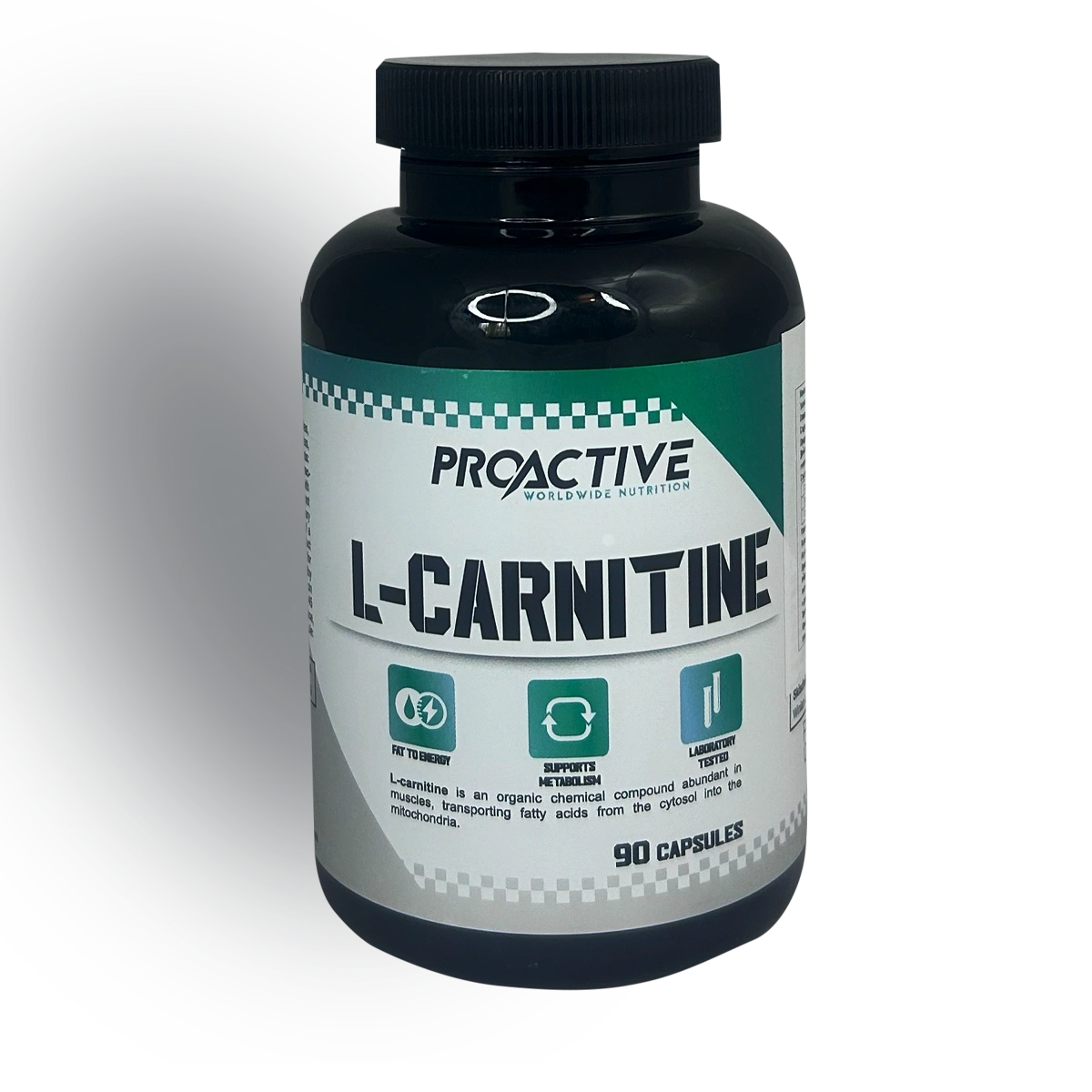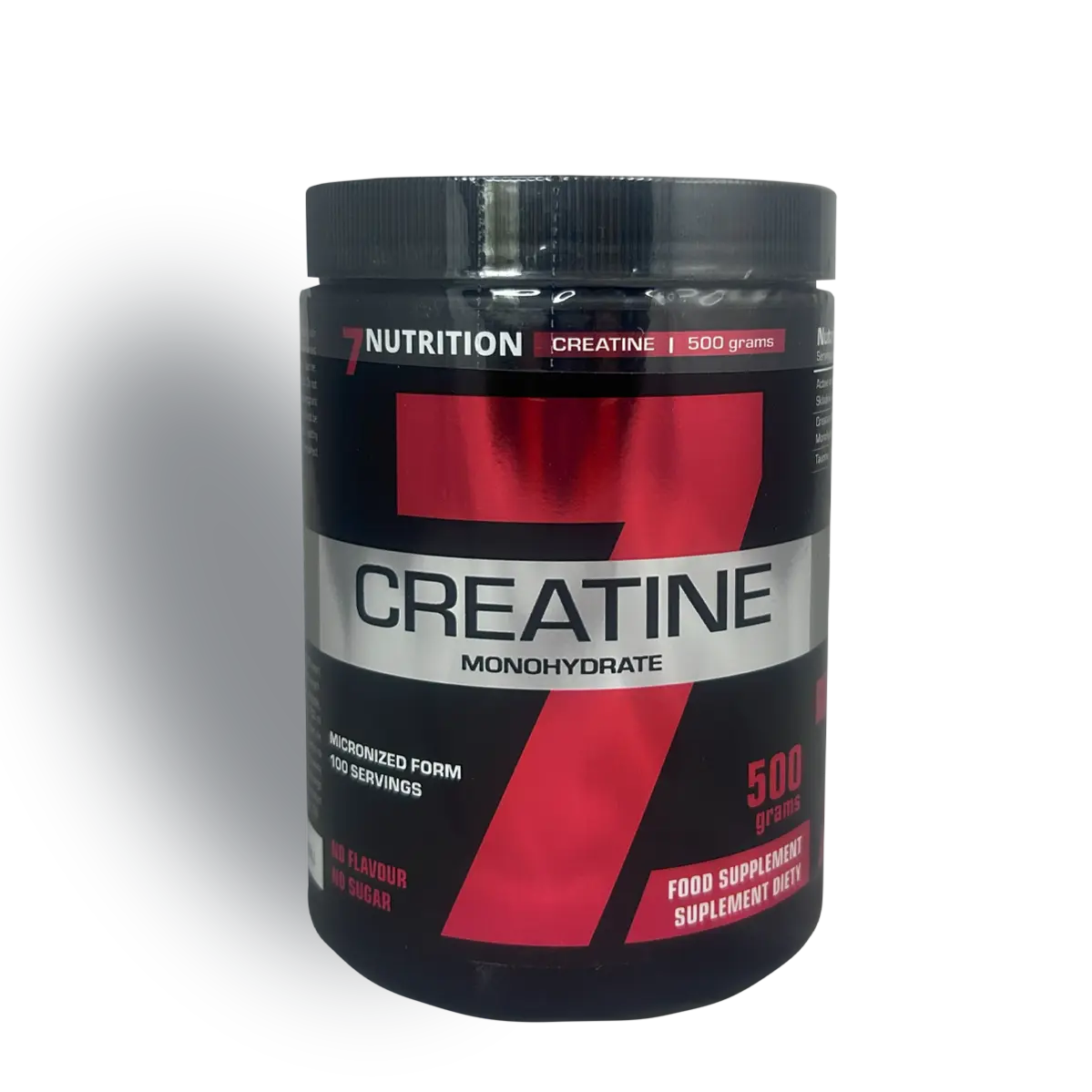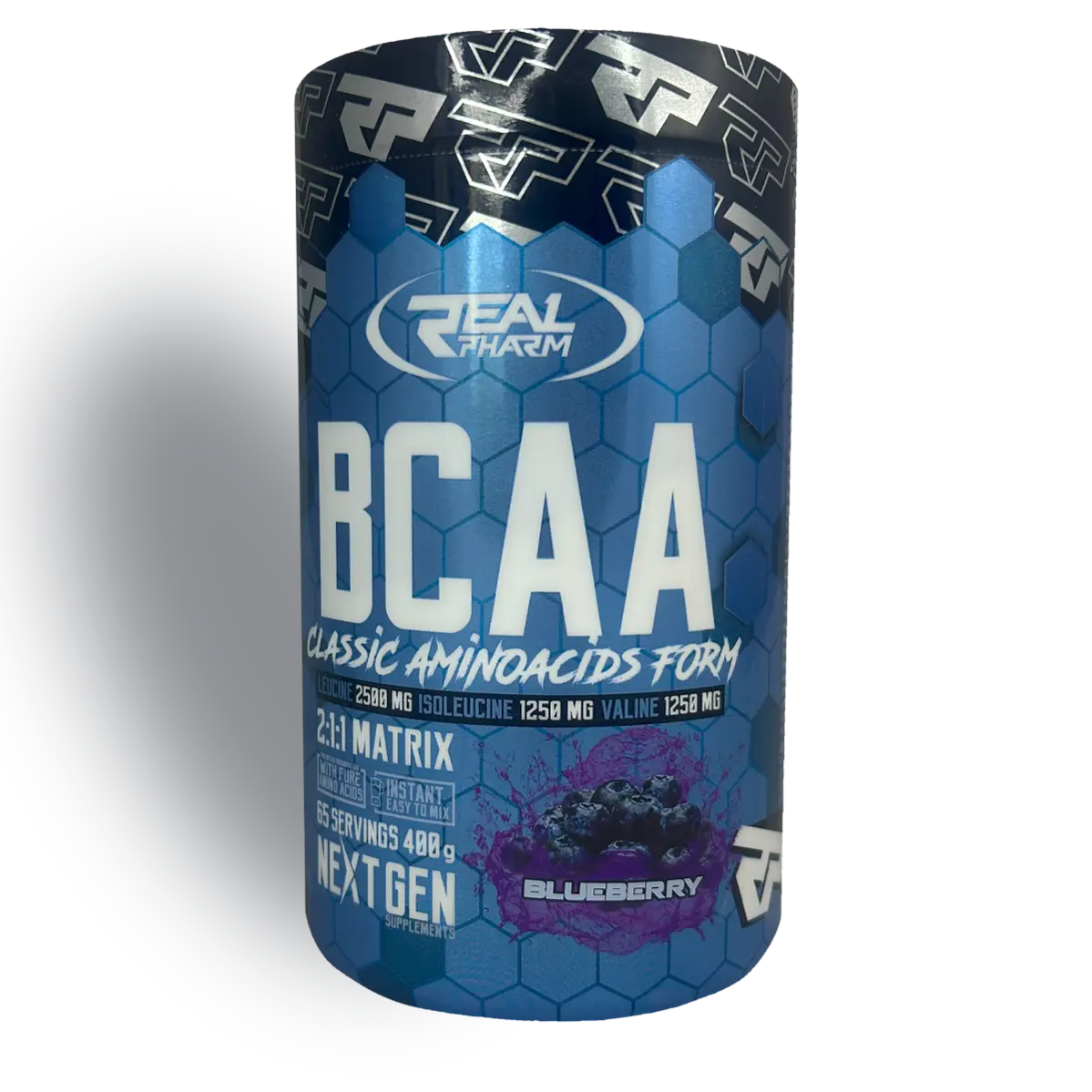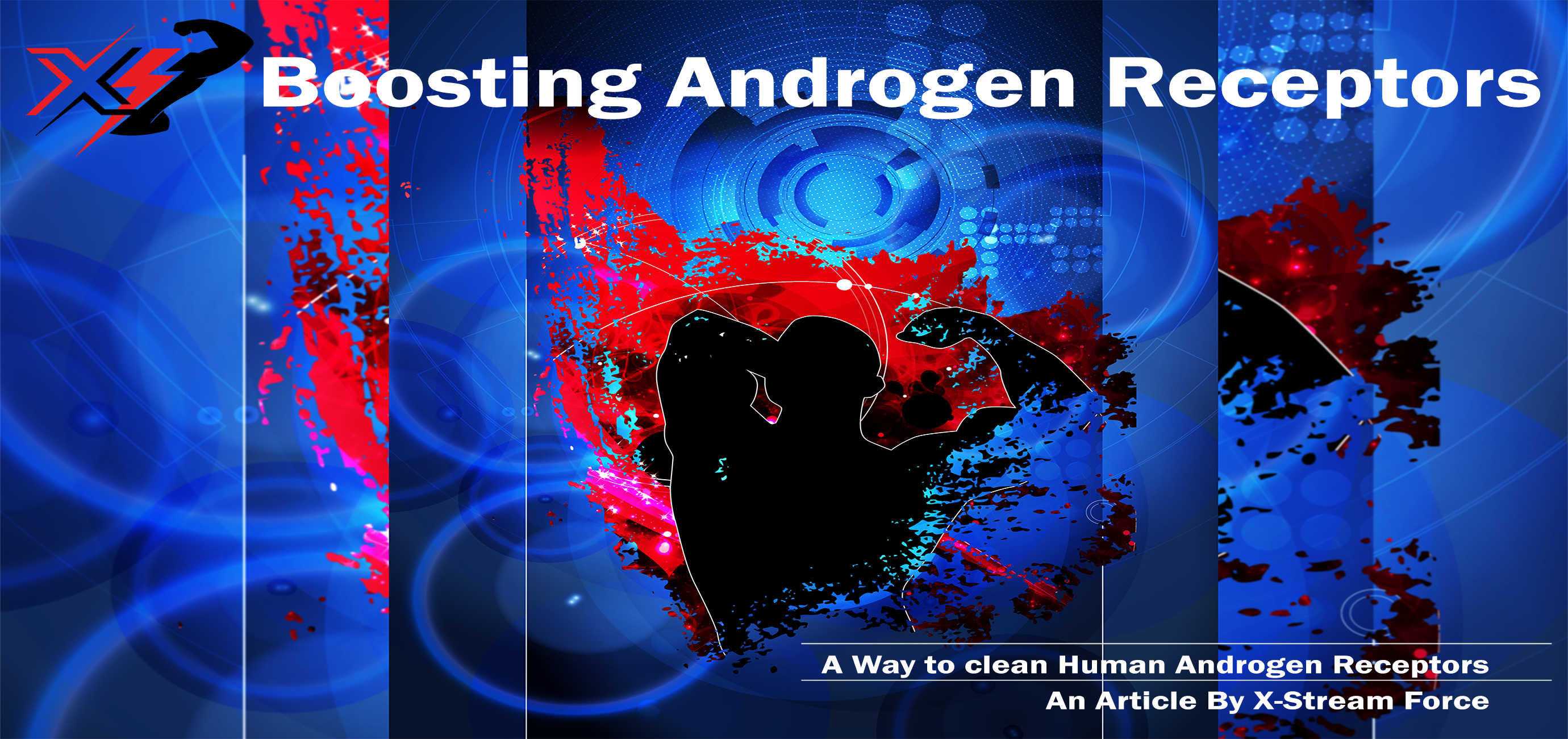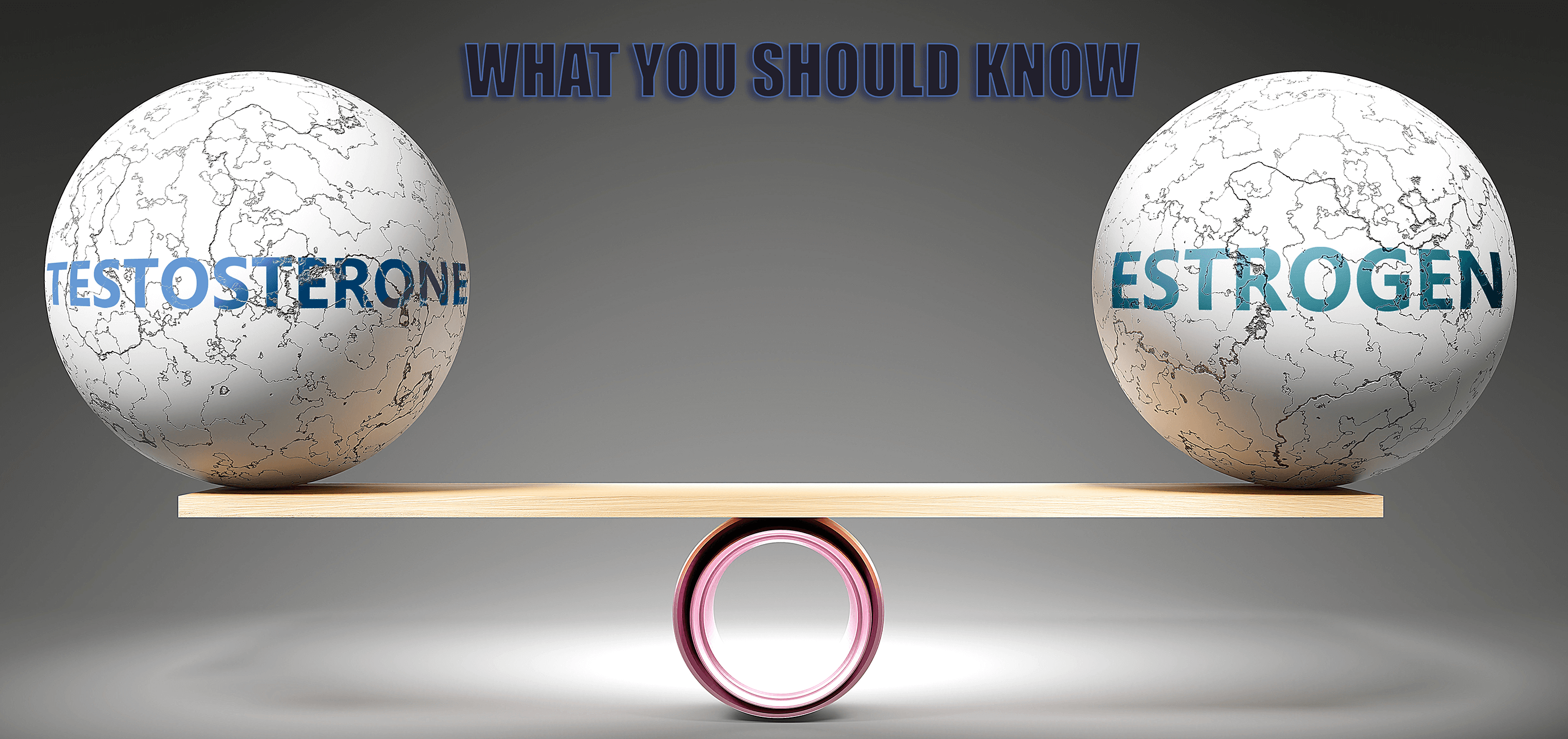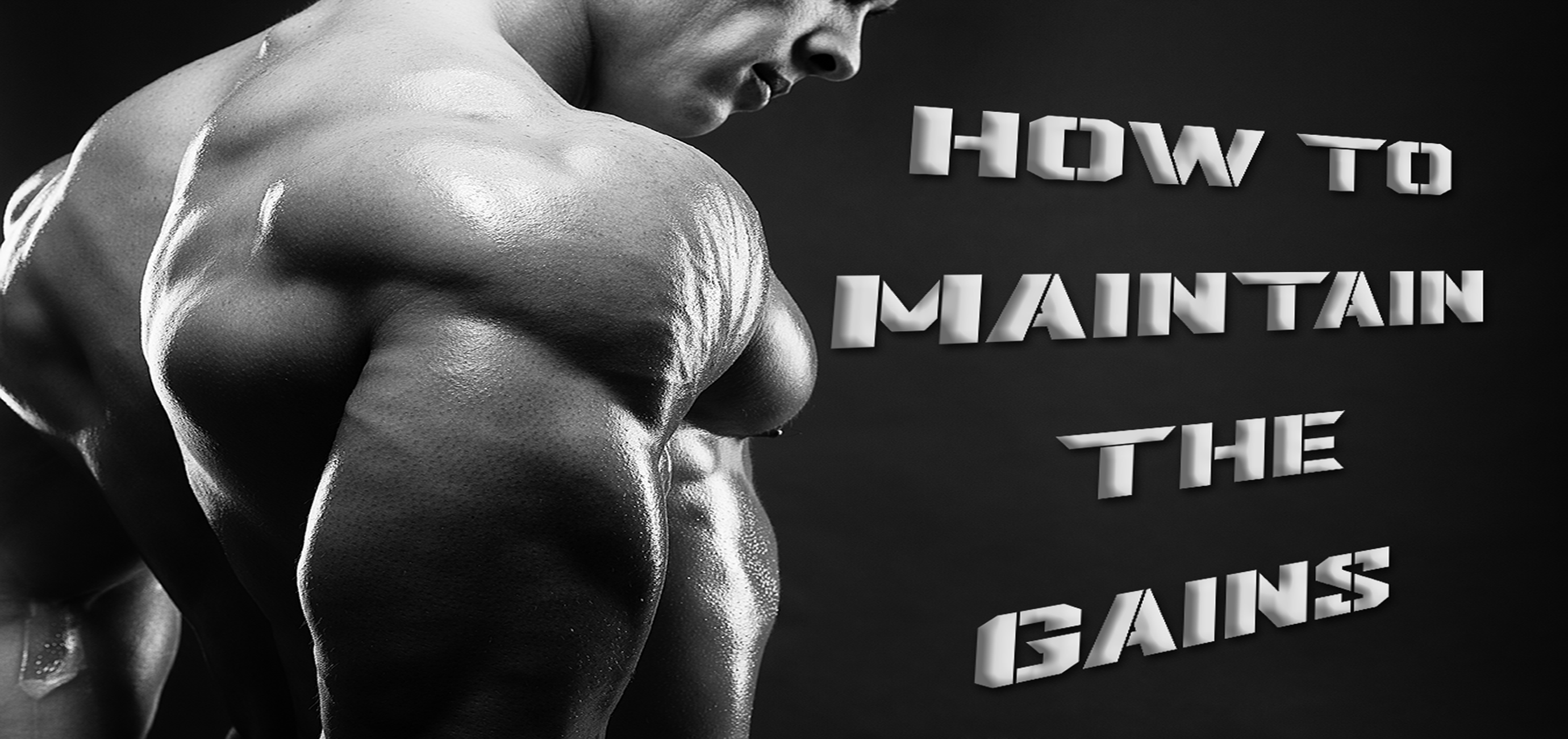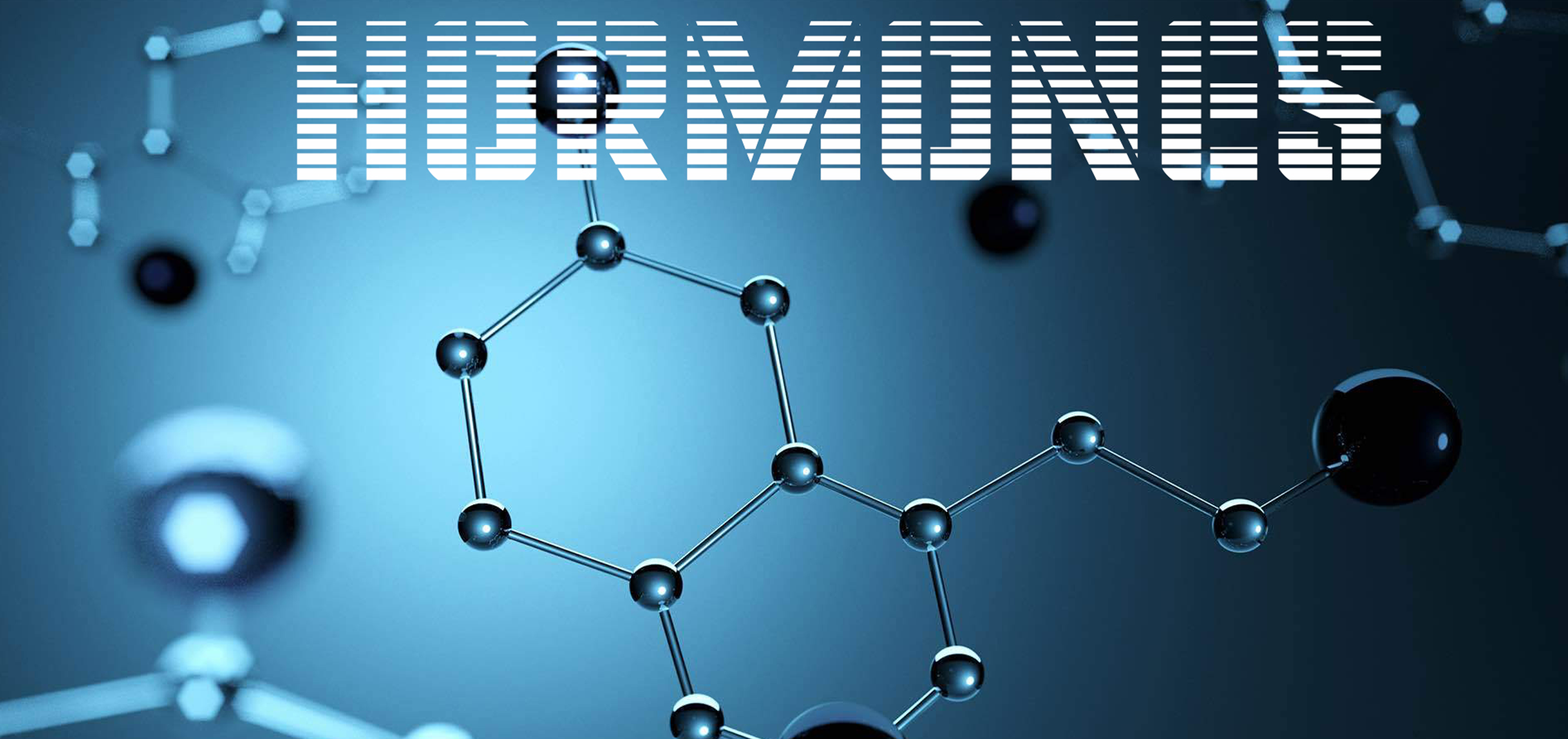Androgen Receptors And How To Boost Them
If you are considering trying performance-enhancing drugs, you probably have questions about Post Cycle Therapy (PCT). We give you all the information you need in this comprehensive article.
While it is possible to train hard and get the physique you want, the eye-popping physiques of professional bodybuilders are not solely the result of eating zillions of calories and spending hours pumping iron in the gym. Those bulging muscles need a helping hand beyond the natural capability of any man, and that is where performance-enhancing drugs (PEDs) like SARMs come in.
If you are considering this route to get the physique you desire, we share the information you need to stay safe and mitigate the risks involved.
SARMs cycles look to be an attractive option with legitimate benefits over anabolic steroids cycles with the way SARMs have been developed to target only specific androgen receptors so we get effects that are much more selective without the associated bad effects of having non targeted receptors involved which can cause issues like prostate enlargement.
After a cycle with SARMs it comes the moment where these receptors need a break and a boost of their function. Testosterones production might be affected too. If you’re reading this article, then you want to know if you’re going to need a PCT for your SARMS cycle.
Many think this is a complicated process, but it’s the complete opposite. It’s a simple process that will help you stay in the best shape possible after you’ve finished taking your cycle.
It’s crucial to educate yourselves on this subject, as it can have a significant impact when done incorrectly.
This article will teach you about the value of therapy after using selective androgen receptor modulators. Read our article “What you should know”
Testosterone is known as an anabolic hormone, and it’s not just for men. This potent hormone is found in varying amounts in all bodies. Its role is to regulates key anabolic (growth) functions:
- Regulating reproductive functions
- Boosting resting metabolic rate
- Promoting muscle mass and strength
- Increasing bone density and strength
- Stimulating growth and maturation of bones
- Promoting growth of body hair and facial hair
- Encouraging sexual arousal and libido
- Regulating mood by modulating GABA receptors
- Symptoms of low testosterone activity in the body include fatigue, low mood, apathy, and loss of strength.
But it’s not just about the amount of testosterone in the blood that matters! For testosterone to exert any effect on the body, it must first bind to an androgen receptor inside a cell.
When testosterone enters a target cell, three things can happen
1. Testosterone attaches to an androgen receptor and causes a moderate androgenic effect on the cell.
2. An enzyme called 5-a-reductase converts testosterone into DHT, an androgen hormone that is 10x more powerful than testosterone. DHT then attaches to the androgen receptor and causes a huge androgenic effect on the cell.
3. An enzyme called aromatase converts testosterone into oestrogen, which then attaches to a different receptor and exerts oestrogen effects on the cell – kind of the opposite of androgen effects.
No matter how high the circulating testosterone levels are, if the body’s androgen receptors are sleeping on the job, then #3 will always happen! This results in a relative androgen insufficiency – a much higher level of estrogenic activity than androgenic activity in the body.
There might be plenty of testosterone in the blood but without active receptors, the symptoms of an androgen insufficiency may still occur:
- Increased body fat around abdomen
- Fatigue
- Reduced libido
- Loss of body hair
- Hot flushes and sweating
- Lethargy
- Depression
- Increased risk of insulin deficiency
- Weaker bones and increased risk of osteoporosis
There’s good news! You can take care of your androgen receptors and even encourage your body to create more of them!
The sensitivity and number of androgen receptors can be affected by nutrition, exercise and healthy habits – as well as pollutants, poor health, and the wrong food choices.
Natural strategies to boost your androgen receptors. Here are key natural strategies to boost your androgen receptors and get the most out of your circulating testosterone
Intermittent Fasting
Intermittent fasting is growing in popularity as a diet strategy that is (relatively) easy for most people to maintain. The instructions for the “16/8 fast” are easy: eat during 8 hours in a 24 hour period, and “fast” for the remaining 16 hours. For example, if you begin breakfast at 8am, you should finish dinner at 4pm. It doesn’t matter which hours you choose; eating between 12pm and 8pm appears to be just as effective – good news for people who skip breakfast!
Intermittent Fasting. This style of eating gives the body plenty of time digest, metabolize and reset during the fasting hours. It has been shown to lower inflammation, reduce cardiovascular risk factors, and boost the sensitivity of androgen receptors . A 2016 study on healthy men showed that eight weeks of the 16/8 diet decreased the amount of circulating testosterone and increased the sensitivity of androgen receptors. This came with added benefits of lower fat mass, maintained muscle mass and strength, suggesting that circulating testosterone was being used more efficiently and exerting a stronger androgenic effect.
Click Here for further reading
Vitamin D
Vitamin D has been reclassified as a steroid hormone and a vitamin because it works directly with the endocrine system. It has its own receptors throughout the body and they are often in close proximity to androgen receptors – a hint that they may be linked! A deficiency in vitamin D is associated with a stunting of testosterone’s effects on androgen receptors, and a decline in testosterone levels. It’s possible that short bouts of UVB radiation from sun exposure could help boost androgen receptors for 24 hours – it’s still unknown whether this is because of the radiation itself, or an increase in vitamin D production . If you are suffering from symptoms of an androgen insufficiency, get your vitamin D levels checked and speak to a nutritionist about your ideal supplemental dosage.
Resistance Training
Of all types of exercise, research suggests that resistance training is the most likely to boost the number of active androgen receptors in the body. While sprinting and other aerobic exercises can also cause an upswing in testosterone’s effects on the body, doing short bouts of lifting heavy weights appears to be the most potent of all. Quick exercises that take a lot of exertion stimulate a release of testosterone, along with an increase in androgen receptor synthesis and function. Endurance activities run the risk of boosting cortisol – a stress hormone that blocks the activity of androgens. While any exercise is better than none, opt for heavy resistance training if you want to supercharge your androgen receptors!
L-Carnitine
Carnitine is an amino acid that is essential for burning fat into cellular energy. Without carnitine, fatty acids are unable to cross the membrane of the mitochondria where they are used for ATP synthesis. Recent research has shown it has a host of roles outside of the mitochondria, including boosting androgen receptors and their sensitivity. Studies have shown that taking 2g of an L-carnitine supplement can boost androgen receptors within 3 weeks, and may promote recovery from exercise.
NOTE: Be sure to supplement with a fat-soluble antioxidant like alpha-lipoic acid (ALA) when taking a carnitine supplement. The increase of energy production caused by L-carnitine will also case an increase of free radicals being released from the mitochondria –- a natural result of ATP production. ALA can quench the free radicals so they don’t go on to cause oxidative stress in the body.
Reduce Anti-Androgenic Foods & Contaminants
There are some food compounds and environmental contaminants that have been shown to block the activity and sensitivity of androgen receptors: Reduce Anti-Androgenic Foods & Contaminants
- BPAs and phthalates found in plastics
- Pesticides
- High doses of quercetin
- Soy isoflavones, particularly genistein
- High doses of lycopene and other carotenoids
Quercetin, genistein and lycopene are often used as complimentary therapies in cases of prostate cancer, where androgen receptors are too sensitive! But if you’re suffering from an androgen insufficiency, try avoiding these nutrients in high doses, always eat organic, and stay away from plastic!
